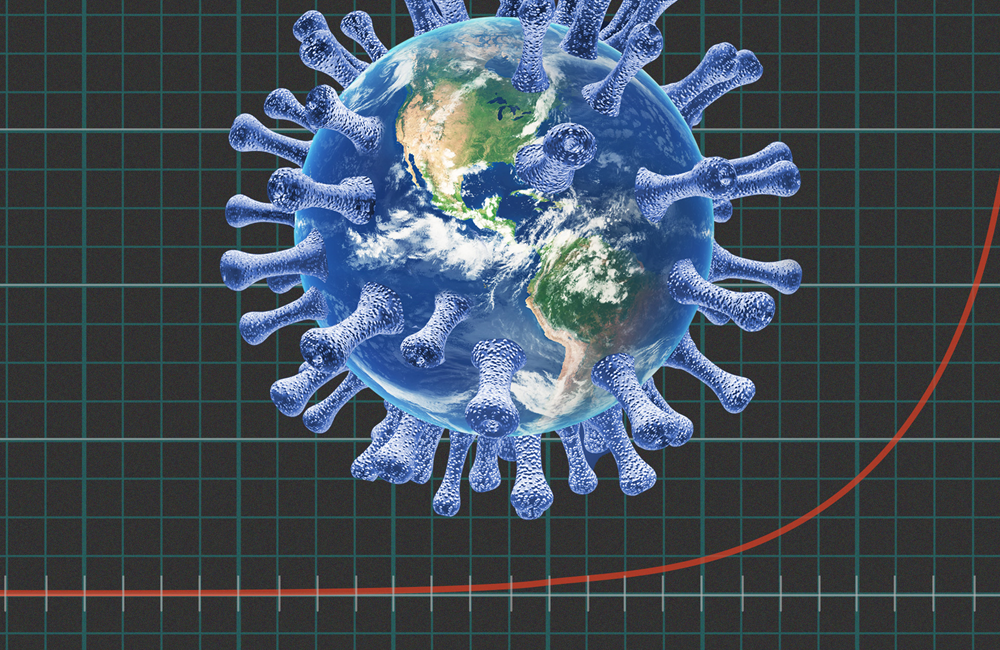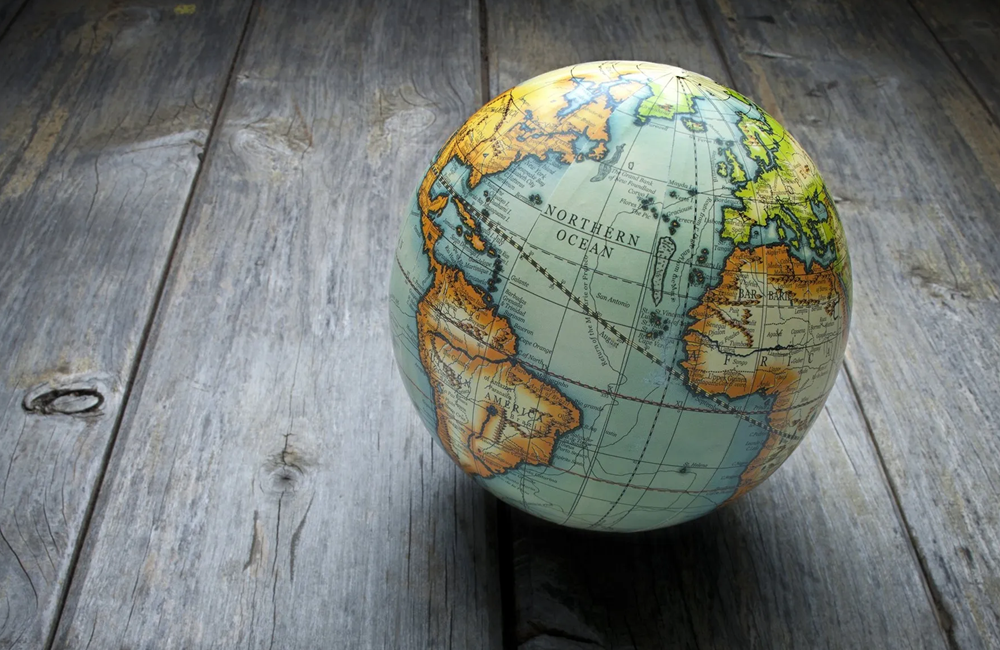The pandemic crisis has taken the world by surprise. With most countries in lockdown, social contact is at an all-time low and daily life is drastically different than what it used to be. To help contain the spread of the virus, governments have implemented social distancing measures, aiming to keep the curve flat.
Keeping the curve flat refers to the practice of slowing down the rate at which the virus is spreading, and ultimately, flattening it. This can be done through social distancing policies, like staying home if possible, avoiding large gatherings, and physical contact with others outside of your family or immediate circle. It’s also important to keep up with regular hand washing, wearing a mask when possible, and ensuring your home is regularly sanitized.
Reasons to Keep the Curve Flat.
Keeping the curve flat is essential for protecting public health, and one of the best ways to do this. The following reasons highlight the importance of keeping the curve flat:
1) To reduce the strain on health care systems.
When the curve flattens, it reduces the total number of people that need medical attention and helps to avoid overloading healthcare systems. This means that those who do need medical attention can receive better care without having to wait in long lines or overcrowded hospitals.

2) To reduce the death toll.
The fewer cases there are, the less likely it is that people will die. Keeping the curve flat helps to reduce deaths, both directly and indirectly. Directly, it reduces the number of cases that need medical attention, which in turn reduces the risk of dying from complications caused by the virus. Indirectly, flattening the curve eventually leads to a lower overall infection rate and less transmission.
3) To reduce the economic impact of the pandemic.
When people are forced to stay home due to a high infection rate, they cannot work or do their usual activities. This results in an economic loss in terms of lost output and wages, not to mention increased unemployment numbers. By keeping the curve flat, governments can help protect their citizens from this economic impact, allowing them to keep their jobs and livelihoods for longer.
4) To help contain the virus.
The ultimate goal of keeping the curve flat is to eventually bring the pandemic under control and limit its spread. This reduces transmission rates, which in turn helps protect more people from getting infected with the virus.
The importance of keeping the curve flat is clear: it helps to protect public health, reduce the death toll, minimize economic losses, and contain the virus. Governments around the world are working hard to implement measures that will keep the curve flat as much as possible. It’s essential that everyone follows these guidelines in order to help slow down the spread of the virus and protect those around them.
By understanding why it’s important to keep the curve flat, we can all do our part in helping to contain this global pandemic.
